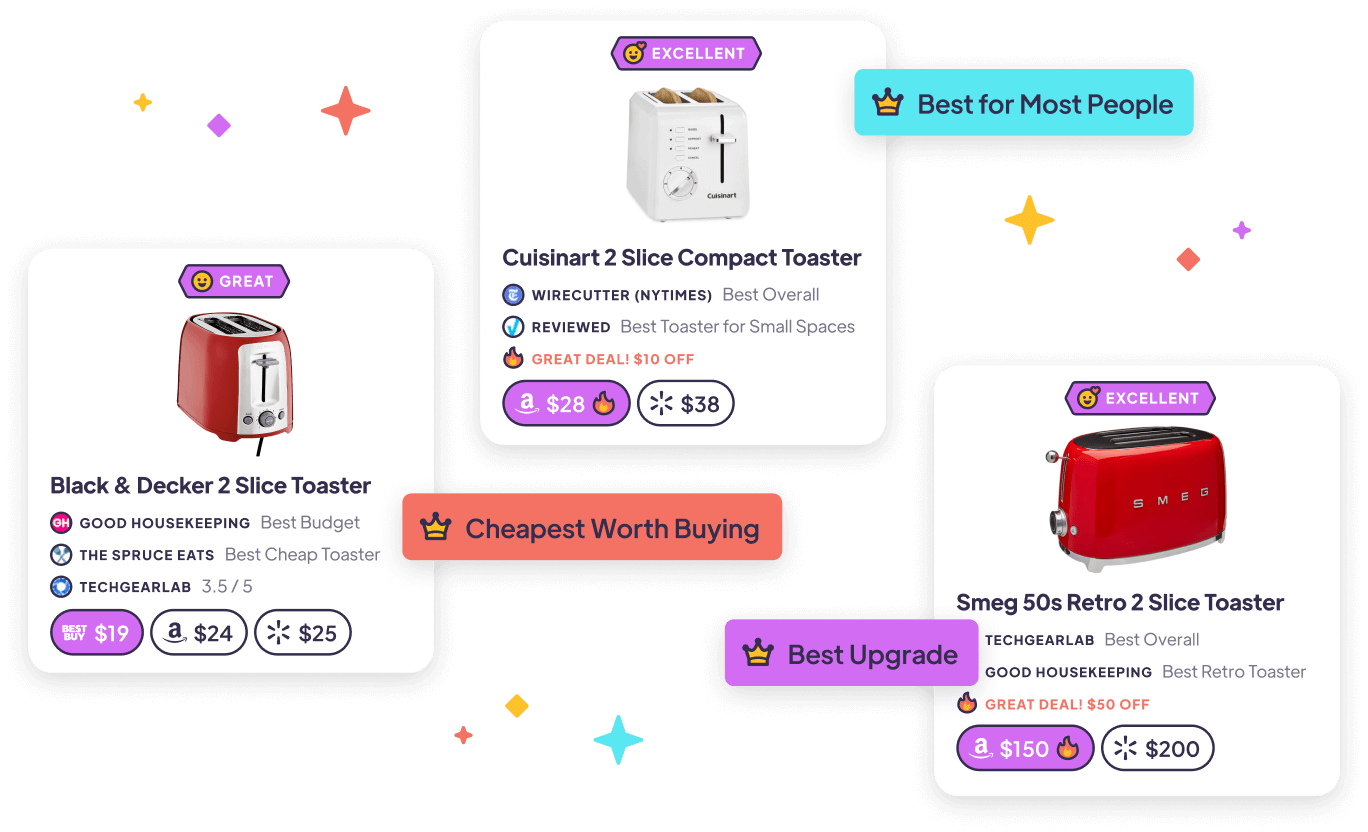What is the best alternative to Mipow BTL 100C Playbulb Color?
Top Con
Top Pro
Top Con
Top Con
Top Con
Top Pro
Top Con
Top Pro
Top Con
Top Con
Top Con
Top Con
Top Pro
Top Pro
Top Con
Top Pro
Top Con
Top Pro
Top Con
Top Pro
Top Pro
Top Pro
Top Con
Top Con
Top Con
Top Con
Top Pro
Top Pro
Top Con
Top Con


